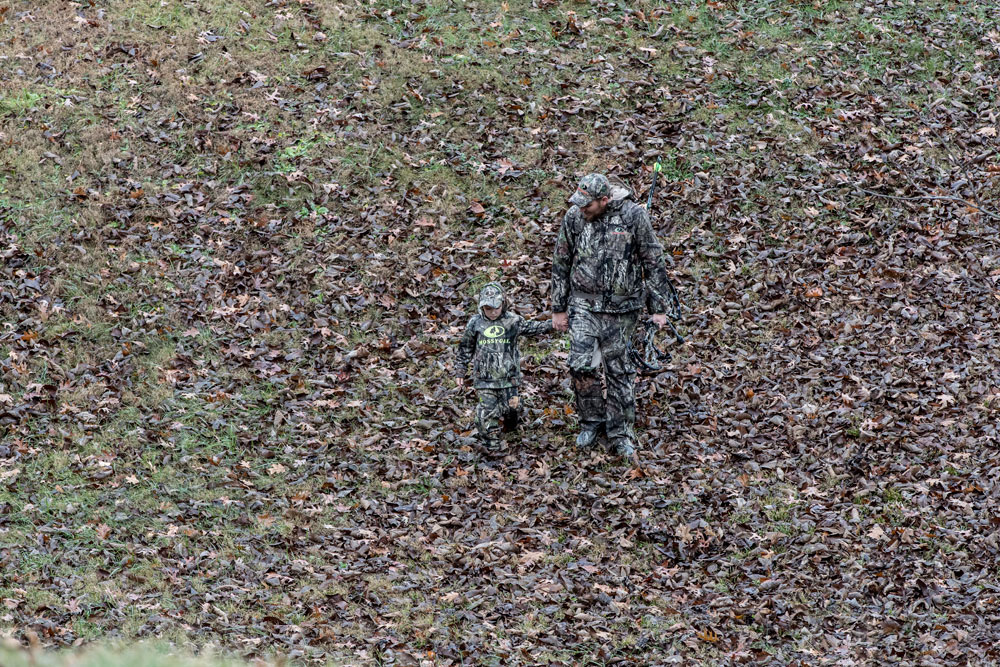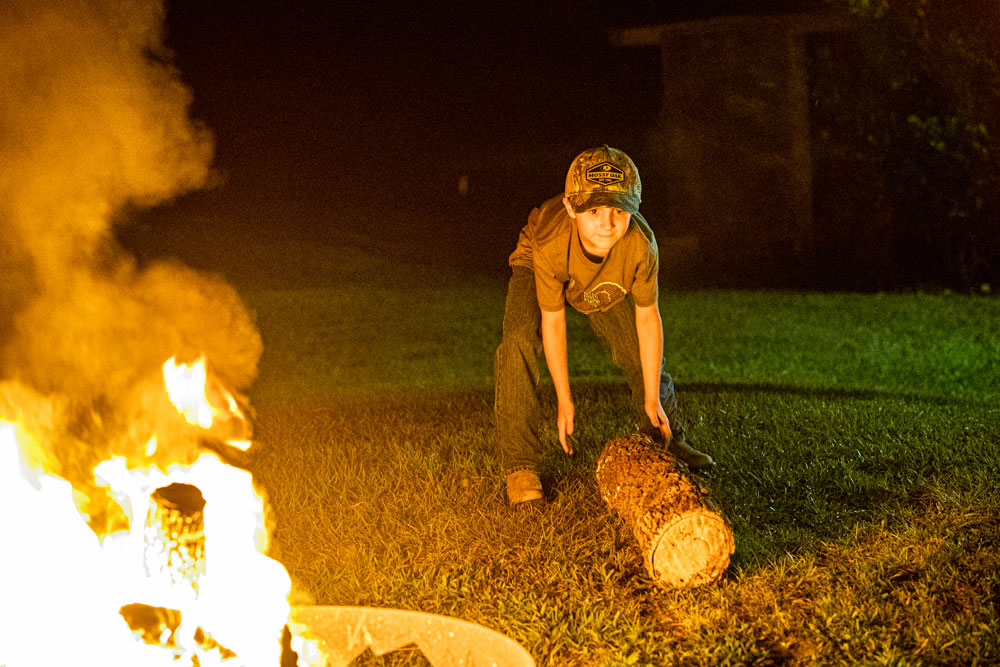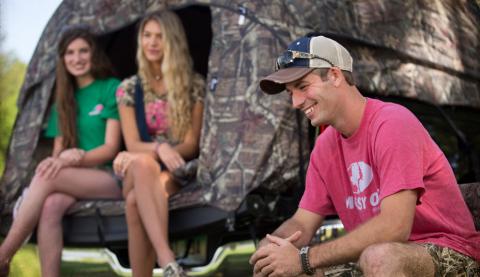
Family hiking creates lifelong memories and opportunities for family bonding. As well as experiencing the beauty of nature and exploring landmarks as a family, hiking is an excellent source of exercise and can be physically and mentally rewarding.
From spotting wildlife to learning about different trees and flowers, hiking is also an educational pursuit. Despite the many great benefits, hiking can also demonstrate the dangers of nature. Veering slightly off the path to get a closer look at an insect or trekking quicker than those around you can result in hikers getting lost. Children, in particular, are vulnerable to these occurrences.
When hiking as a family, you must prioritize your kids’ safety. Ensuring they don’t get lost is the best way to do this. However, it’s also essential to plan for emergencies and empower your children to take care of themselves on the trail. Here are some of the most important tips for keeping family hiking safe.
Teach Children Outdoor Survival Skills
One of the best ways to ensure safety on a trail is through education before any hiking takes place. Teaching children outdoor survival skills helps keep them safe even if they happen to wander off. Survival skills also teach people to respect nature and understand the dangers hiking poses.
There is no point in going overboard with children on survival skills training, as there are some skills they may be unable to physically master yet, depending on their age. The critical area of focus is basic survival. Once outdoor survival instincts are instilled, you can have peace of mind that they will remain safe if they become detached from the main hiking group.
The three core aspects of surviving in the wild are to have water, warmth and shelter. If these factors are taken care of, children can stay safe on their own for an extended period.
Teach children the importance of clean drinking water and that they shouldn’t ever drink water from a lake, river or stream. These water sources can contain harmful bacteria and viruses. Show kids how to use a portable filter for taking on a hike.
Ensure your kids are dressed appropriately for a hike. A quality hiking jacket and insulating base layers are a good investment for families that engage in regular outdoor activities. Bright colors can help keep kids visible.

Depending on where the hike takes place, fire-building skills may be a necessity for kids. This doesn’t mean giving the green light to experiment with matches. It involves teaching them to create a rock circle and stick pile for lighting. When they are old enough, they can be taught how to light a fire.
There are plenty of ways to build a safe outdoor shelter. Different materials, such as tarps, are extremely useful in providing cover from wind and rain. However, these materials won’t always be available, so learning to build a shelter from natural items is advisable. Frame brush shelters, fallen tree shelters and teepees can all be crafted out of items typically found on trails, such as branches, trees, leaves, rocks and debris.
Whether you regularly take kids hunting or hiking, these skills can help keep them safe.
Assign Everyone a Whistle
Carrying whistles is one of the best methods for preventing someone from getting lost, including adults and children. Give each person on the hike a whistle and create a shortlist of rules for when the whistle should be used. Many kids will instinctively want to blow the whistle, but you must remind them it is only to be used in case of an emergency.
While you can come up with your own whistling signals, there are some universally recognizable sounds. One of the most important and impactful signals is to blow three sharp blasts if you’re lost or in danger. This indicates to anyone around that you require help.
It can also be useful to utilize single and double blasts as messages. For example, a single blast could tell everyone to stop where they are. Two could be an instruction for your children to return to your side.
Survival whistles can reach up to 120dB, making them effective for large outdoor trails.
Help Children Prepare Their Own Backpacks
Although you may want to stay in control when taking your kids hiking, teaching them to pack their own backpacks helps them learn about outdoor safety. Rather than having food, water and hiking equipment handed to them at every step of the journey, they have their own supply.
Before leaving your home, set out some important hiking items your child is capable of carrying. Food, water, a flashlight, waterproof clothing and matches are enough for a child to carry, and each of these items is useful if they get lost. It can also be beneficial to carry some light bandages, a hat, gloves and a blanket.
Adults can carry extra water or heavier camping equipment if necessary.
Create a Family Camping Checklist
Keeping a family camping checklist helps make sure you have everything you need before taking a trip. Being adequately prepared for a hike increases safety, allowing you and your family to have the most enjoyable trip possible.
Adapt your list for different types of trips. For example, a weekend of hiking requires significantly different preparation from a short afternoon hike.
Some of the most important items for your checklist include:
- Backpacks
- Weather-appropriate clothes
- High-visibility clothing
- Waterproof, breathable hiking footwear
- Extra pairs of socks
- Food
- Water
- Water filter
- Lighter / matches
- Navigation equipment (e.g., maps, compass, GPS)
- First-aid kit
- Pocket knife
- Whistles
- Sunscreen
- Trash bags (for keeping the trail clean)
Establish Rules Before the Trip
Including your children in outdoor activities like hiking can be rewarding. However, they must be aware hiking isn’t the same as playing in the park. For their safety, they must follow the rules you establish before the trip.
To minimize the risk of a child being lost, ensure they stay close by your side at all times. As they become accustomed to hiking, you can give them a little bit more freedom to explore. When your children get older and more experienced, you can adjust the ruleset but remember to refresh their minds before each trip.
Increase Safety Through Quality Gear
In addition to improving survival skills and providing a whistle, using high-quality outdoor gear can help keep your family safe and comfortable on the trail. For outdoor clothing and equipment, contact Mossy Oak today. Visit our online store and ensure you have all you need for your next adventure.



























